The head lice is an insect. Its size does not exceed 4.5 millimeters. These insects have no wings. They are usually gray. However, lice have an unusual feature. It is called mimicry. This means that the color of their stomachs compares to the shade of the hair of the individual on whom they parasitize. That is why it can be hard to determine the initial symptoms of this condition.
We associate lice with poverty. However, as it turns out, they spread very quickly. This problem has a global impact.
Many parents and guardians find it challenging to admit that their child is a lice carrier. It generates a severe problem in the community, especially in the kindergarten, school, or playground. In this way, more people get infected with head lice. That includes grown-ups who certainly care about hygiene.
Lice![]() nest on the head of their host. They lay eggs. We call them nits. The eggs are attached to the hair with a unique secretion. Within one month, the female lice can lay about 300 eggs. The incubation takes about a week. The lice can reproduce after 17-19 days. And during the following days, they can spread more eggs. Lice die after about 30 days of feeding on the head.
nest on the head of their host. They lay eggs. We call them nits. The eggs are attached to the hair with a unique secretion. Within one month, the female lice can lay about 300 eggs. The incubation takes about a week. The lice can reproduce after 17-19 days. And during the following days, they can spread more eggs. Lice die after about 30 days of feeding on the head.
Pubic lice![]() parasitize most often on:
parasitize most often on:
Sometimes, lice are also found in the hair of the temporal region. It can occur in everybody – adults and kids. However, in children, due to the lack of body and facial hair, it is located in the area of eyelashes and eyebrows.
Pubic lice is now a rare disease. The appearance of these lice indicates a great deal of neglect and a complete lack of hygiene.
Blue patches appear on the skin. That is where they inject the toxic venom. It indicates hemolysis (breakdown) of red blood cells. There is also itching, which can lead to secondary superinfections due to scratches.
The control methods are analogous to head lice. However, lice located in the area of the eyelashes are particularly unpleasant and difficult to remove. Argon laser phototherapy is sometimes used to combat them.
We get infected with clothing lice![]() through indirect or direct contact with clothing (on the seams of clothing, mainly in places where clothes come into contact with the skin, i.e., on the neck or underwear) and with bedding. Clothes lice do not live on the skin. It is unlike head and pubic lice. The disease most often affects homeless people.
through indirect or direct contact with clothing (on the seams of clothing, mainly in places where clothes come into contact with the skin, i.e., on the neck or underwear) and with bedding. Clothes lice do not live on the skin. It is unlike head and pubic lice. The disease most often affects homeless people.
The symptoms of clothing lice include:
Treatment of clothing lice requires hygienic control. We talk about bathing, applying medicine, and changing underwear and clothing.
In addition to causing head lice, body lice can also cause other conditions![]() in the infected individual. Particularly dangerous for humans is the clothing lice, which can transmit typhus, trench fever, and typhoid fever.
in the infected individual. Particularly dangerous for humans is the clothing lice, which can transmit typhus, trench fever, and typhoid fever.
Lice-borne diseases usually occur in places of natural disasters, when head lice spread on such a scale that it becomes a problem for a large part of the population.
It is not caused just by a lack of hygiene![]() . A brief connection with an infected individual is enough. We all know this saying – “prevention is better than cure”. There is truth in it. And you should regularly check the shape of your child's scalp for the existence of “uninvited visitors”.
. A brief connection with an infected individual is enough. We all know this saying – “prevention is better than cure”. There is truth in it. And you should regularly check the shape of your child's scalp for the existence of “uninvited visitors”.
Children between 3 and 12 y.o. are usually infected with head lice. Infection occurs after direct contact![]() . It can be a result of inadequate hygienic habits. Children and adults who share combs, brushes, clothing, or head accessories are at grander risk of contracting head lice. It also applies to playing with toys or resting in kindergartens on shared mattresses. The risk of head lice rises in kindergartens when kids use the same coverings or cushions.
. It can be a result of inadequate hygienic habits. Children and adults who share combs, brushes, clothing, or head accessories are at grander risk of contracting head lice. It also applies to playing with toys or resting in kindergartens on shared mattresses. The risk of head lice rises in kindergartens when kids use the same coverings or cushions.
While it is usually challenging to notice lice in your or your child's hair at first glimpse, it is easy to recognize![]() their presence by persistent itching of the scalp. Most often, extreme itching happens where lice are most numerous. It is in the occipital, parietal, and temporal head regions. Additionally, there is scalp redness. Usually, it happens behind the ears or at the hairline.
their presence by persistent itching of the scalp. Most often, extreme itching happens where lice are most numerous. It is in the occipital, parietal, and temporal head regions. Additionally, there is scalp redness. Usually, it happens behind the ears or at the hairline.
Frequent scratching induces skin inflammation. It may lead to bacterial infections. Wounds appear on the skin, from which purulent discharge may leak. In the extreme case of head lice, a tangle may form on the head of an infected person, resulting from sticking the hair with purulent-serous secretion.
Some people with head lice have enlarged lymph nodes, for example, behind the ears. Examining the hair of an infected individual, you can also notice lice eggs linked to the hair. They are about 1 millimeter long.
Do not minimize the first signs of manifestation of head lice, especially if your kid is unhealthy. Notifying the principal or teacher about the infection will help control the spread of head lice.
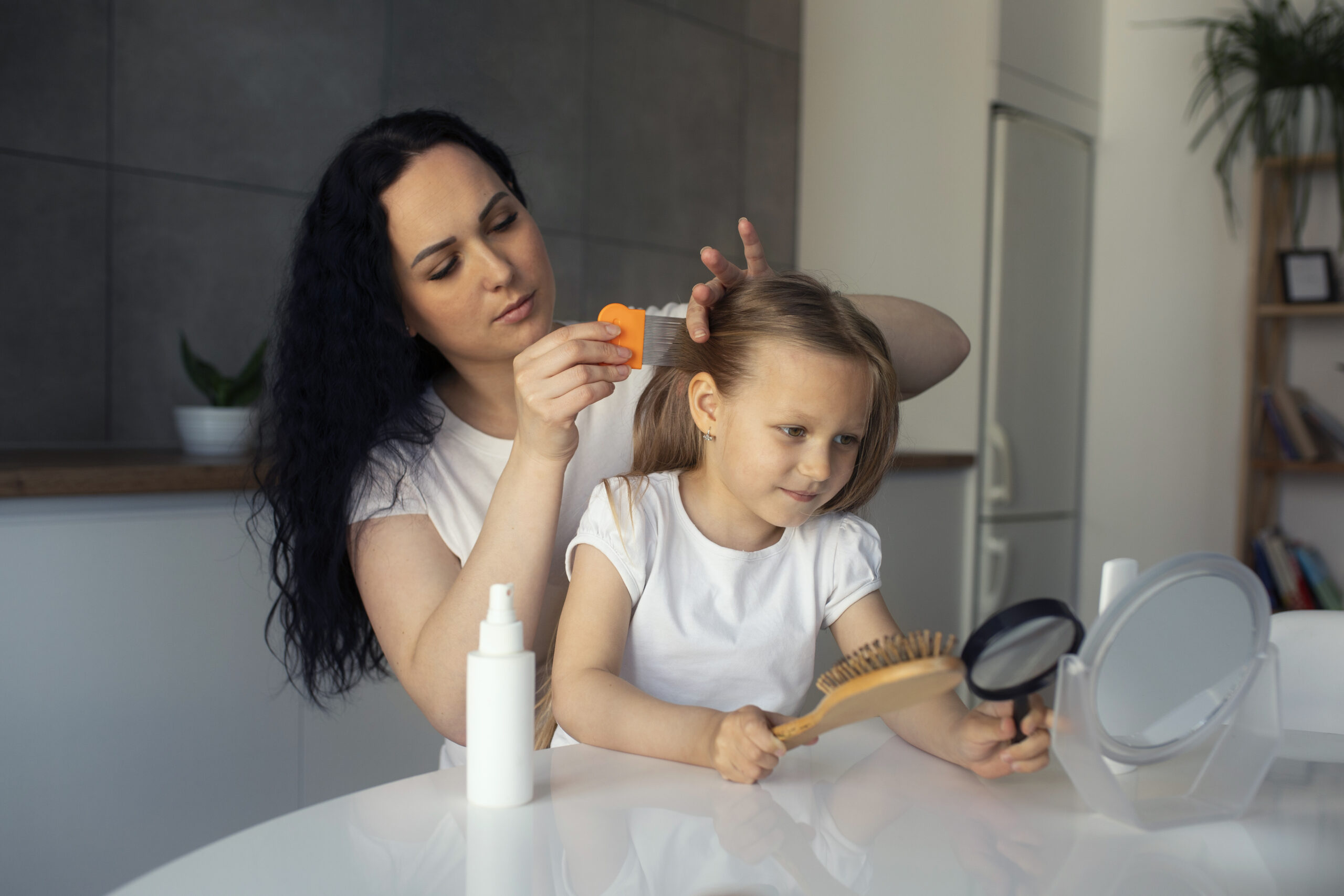
Firstly, use preparations![]() available in pharmacies. You can find many products. For example, there are shampoos, lotions, and rinses. Many of them are safe for fragile individuals. Like young kids, pregnant, and breastfeeding women. We use head lice shampoo twice. After the first washing, thoroughly comb the hair. It is to get rid of dead lice and nits. Repeat the whole procedure after about a week.
available in pharmacies. You can find many products. For example, there are shampoos, lotions, and rinses. Many of them are safe for fragile individuals. Like young kids, pregnant, and breastfeeding women. We use head lice shampoo twice. After the first washing, thoroughly comb the hair. It is to get rid of dead lice and nits. Repeat the whole procedure after about a week.
Although lice are transmitted by direct contact with hair, the battle against them should be complete. Assume household members are infected if one person is. Therefore, their heads should undergo a careful examination.
Complementing the treatment with pharmacy products can be a home method for head lice. However, remember that regularity determines their effectiveness. One of them is a combination of mayonnaise and vinegar![]() . We recommend using it in a 2:1 ratio. Spread “mayonnaise paste” on the hair and scalp. After some time (usually a few hours) – rinse it off with warm water. Repeat it every day for a week.
. We recommend using it in a 2:1 ratio. Spread “mayonnaise paste” on the hair and scalp. After some time (usually a few hours) – rinse it off with warm water. Repeat it every day for a week.
Use a comb![]() that will be thick and made of metal. When combing lice from a kid's head, you can use the effects of essential oils: eucalyptus, tea, jasmine, or lavender. Combine a few drops of the oil with olive oil. Then, apply it to the head. Massage this mixture into the scalp. After 30 minutes, rinse the hair with warm water. Remember to carefully separate the following strands, combing the damp hair. Then, clean the comb. It is best to do it with soap and water. It helps to prevent re-infection.
that will be thick and made of metal. When combing lice from a kid's head, you can use the effects of essential oils: eucalyptus, tea, jasmine, or lavender. Combine a few drops of the oil with olive oil. Then, apply it to the head. Massage this mixture into the scalp. After 30 minutes, rinse the hair with warm water. Remember to carefully separate the following strands, combing the damp hair. Then, clean the comb. It is best to do it with soap and water. It helps to prevent re-infection.
Olive oil![]() can suffocate lice. All you have to do is heat it. Don't overcook it because you can hurt yourself. Rub it into the scalp with circular movements when it reaches the correct temperature. Then, place a bathing cap on the kids' heads. Leaving the preparation overnight shows the most promising effects. In the morning, the child's hair is rinsed with warm water and thoroughly combed out with a comb. Repeat the therapy for three days in a row.
can suffocate lice. All you have to do is heat it. Don't overcook it because you can hurt yourself. Rub it into the scalp with circular movements when it reaches the correct temperature. Then, place a bathing cap on the kids' heads. Leaving the preparation overnight shows the most promising effects. In the morning, the child's hair is rinsed with warm water and thoroughly combed out with a comb. Repeat the therapy for three days in a row.
Use of head lice repellents![]() – In addition to standard management as a prophylactic measure, you can use products to prevent head lice. Most often, they have the form of liquids, lotions, or aerosols, and their composition includes natural ingredients and oils (rosemary, lavender, menthol), which, on the one hand, repel lice and insects and on the other hand, care for a healthy appearance and good condition of the hair.
– In addition to standard management as a prophylactic measure, you can use products to prevent head lice. Most often, they have the form of liquids, lotions, or aerosols, and their composition includes natural ingredients and oils (rosemary, lavender, menthol), which, on the one hand, repel lice and insects and on the other hand, care for a healthy appearance and good condition of the hair.
We also use aromatherapy![]() . Soak a headband in essential oils. It will evaporate under the warmth radiated by the skin, forming a shielding area around someone's head. Just remember not to get them wet.
. Soak a headband in essential oils. It will evaporate under the warmth radiated by the skin, forming a shielding area around someone's head. Just remember not to get them wet.
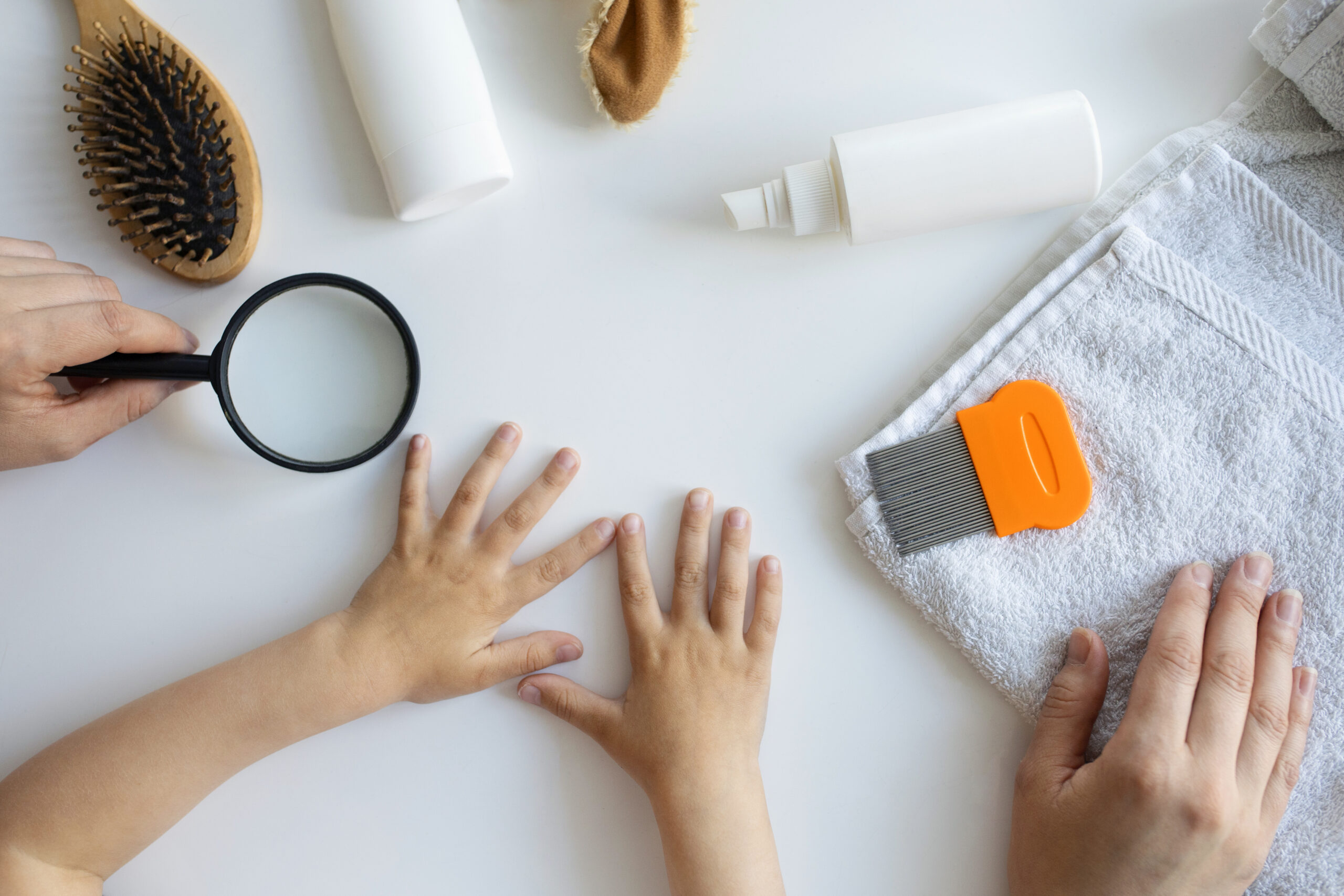
As mentioned, head lice is a condition that most often impacts kids![]() aged 3 to 12 years. Lice do not jump or fly. For a child to become infected with head lice, they must have direct contact with a person who is a carrier of this insect. Head lice in kids are ordinary. It is because they playing together or using the same brushes and combs.
aged 3 to 12 years. Lice do not jump or fly. For a child to become infected with head lice, they must have direct contact with a person who is a carrier of this insect. Head lice in kids are ordinary. It is because they playing together or using the same brushes and combs.
In the case of children, getting rid of lice from the hair is not enough. It is better to eliminate potential sources of illness. Wash the child's belongings at 60°C or higher. Objects that cannot be cleaned or disinfected in any other way should be put in a plastic bag, tightly closed, and away for two weeks. After this time, the insects should be gone.
It is easier to prevent![]() infection than to cure it. The most essential thing is to wash the head often. Remember to control the skin and hair. You should also be interested in hygiene and conditions in the kindergarten or school attended by the child.
infection than to cure it. The most essential thing is to wash the head often. Remember to control the skin and hair. You should also be interested in hygiene and conditions in the kindergarten or school attended by the child.
Attention to hygiene applies to all locations used by individuals from various places. Therefore, be careful when staying in resorts or using hairdressing services.
Knowledge about appropriate hygiene habits is significant. Explain to your child that they should not share a comb or brush with other children.
Because the treatment of head lice should include all members of the household, it is necessary to eliminate insects from everyday items of the child with high temperature and repeat the treatment after a dozen or so days; no one doubts that it is better to prevent head lice than to fight it. Here is a conclusion of five basic rules to follow.
The basis for stopping the spread of head lice is to inform the school or kindergarten that the child has head lice. Other parents can take action and be more watchful.
The child must know they cannot use other people's hair clips, combs, brushes, or even towels. Lice in dormant form often stay on these objects, and their borrowing promotes the spread of parasites. The same applies to the use of shared hats or scarves.
When our child is 3-12 years old, we must remember to regularly check his scalp and observe whether there are any insects or spores in the area of the hair roots – nits, from which an adult individual will only be formed.
Hair should be washed as needed, but at least once a week. Every day, brush your child's hair. When it is long and tangled, reach for shampoos and conditioners that facilitate combing.
When we know about the risk, or we want to protect our child from infection after returning to school after the holidays, it is worth reaching for lice-repellent sprays.
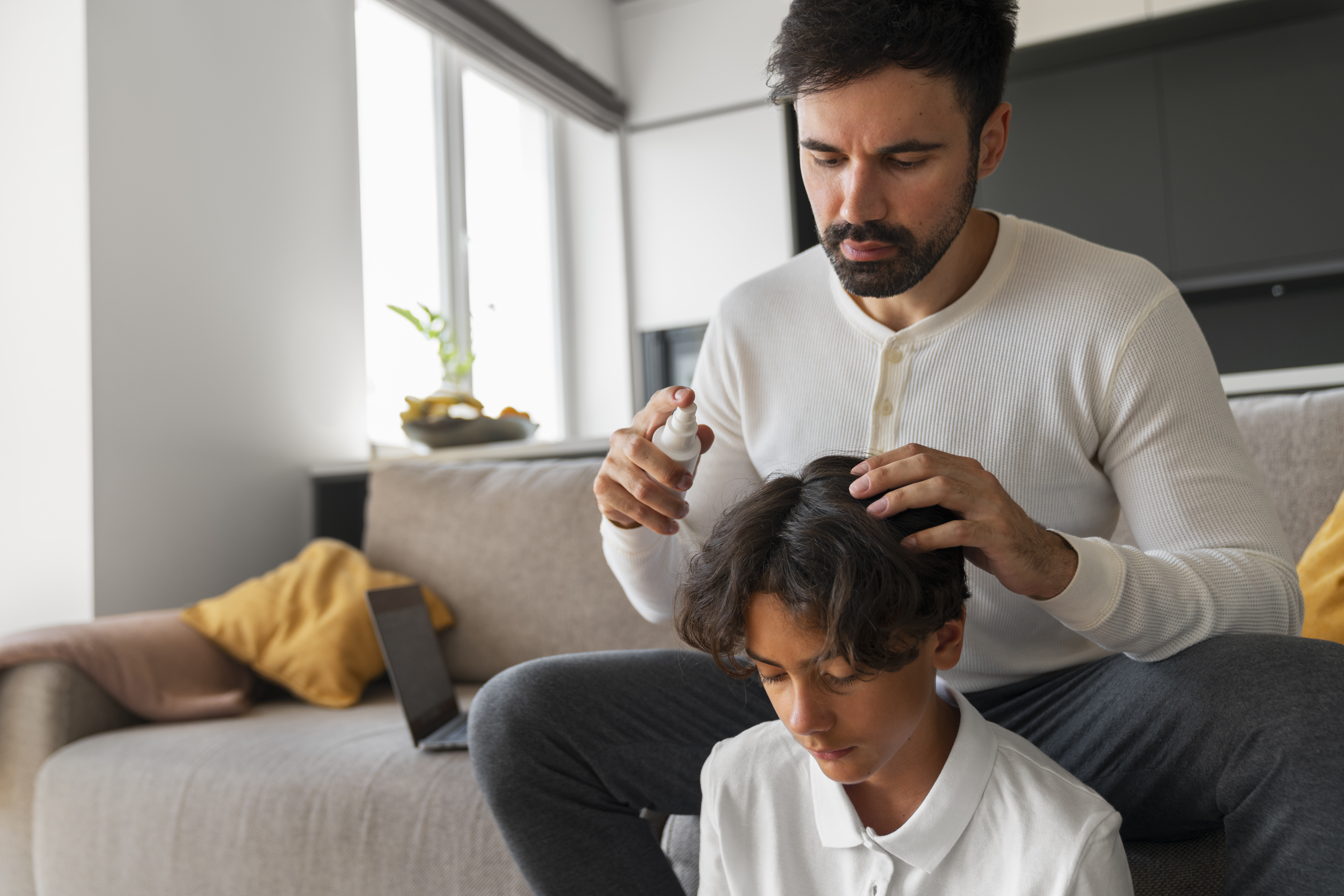
If the menu of a few-year-old abounds in highly processed food with a lot of sweets in it, the child's hair may be weak, dull, and brittle. Changes in the daily menu can improve the condition of the hairstyle.
Here is information on how to care for your child's hair by giving the right foods![]() :
:
If your child has a problem with excessive hair loss![]() , it is worth checking whether their diet contains enough zinc and iron. These two elements are necessary for preserving a healthy hair state. They can be found in meat, sunflower seeds, bran, wheat germ, and leafy vegetables.
, it is worth checking whether their diet contains enough zinc and iron. These two elements are necessary for preserving a healthy hair state. They can be found in meat, sunflower seeds, bran, wheat germ, and leafy vegetables.
Widespread scalp diseases, such as ringworm or cradle cap, can cause hair loss in children. That is why fast and effective treatment, preferably under the supervision of a doctor, is so important. It can also result from incorrect grooming techniques, such as tying the hair too tightly.
Remember some care rules for your child's hair to be strong and healthy.
Wash your hair a maximum of twice a week (unless you need to do it more often – in the case of cradle cap, in small children due to downpours, dirt, etc.).
Use delicate cosmetics for children that will not burden and irritate the hair and scalp. Adult shampoos contain anionic compounds that are responsible for the abundant production of foam, giving the impression of good hair cleansing but, at the same time, drying and weakening the hair.
Use special conditioners to prevent tangling.
Reach for a comb with wide-spaced teeth when the hair is wet. Start combing wet hair from the ends, not the top of the head, which can lead to more tangling. Begin combing from the bottom of the neck. Hair growing from this place has the most significant tendency to tangle.
Avoid energetically rubbing wet hair with a towel.
Table of Contents
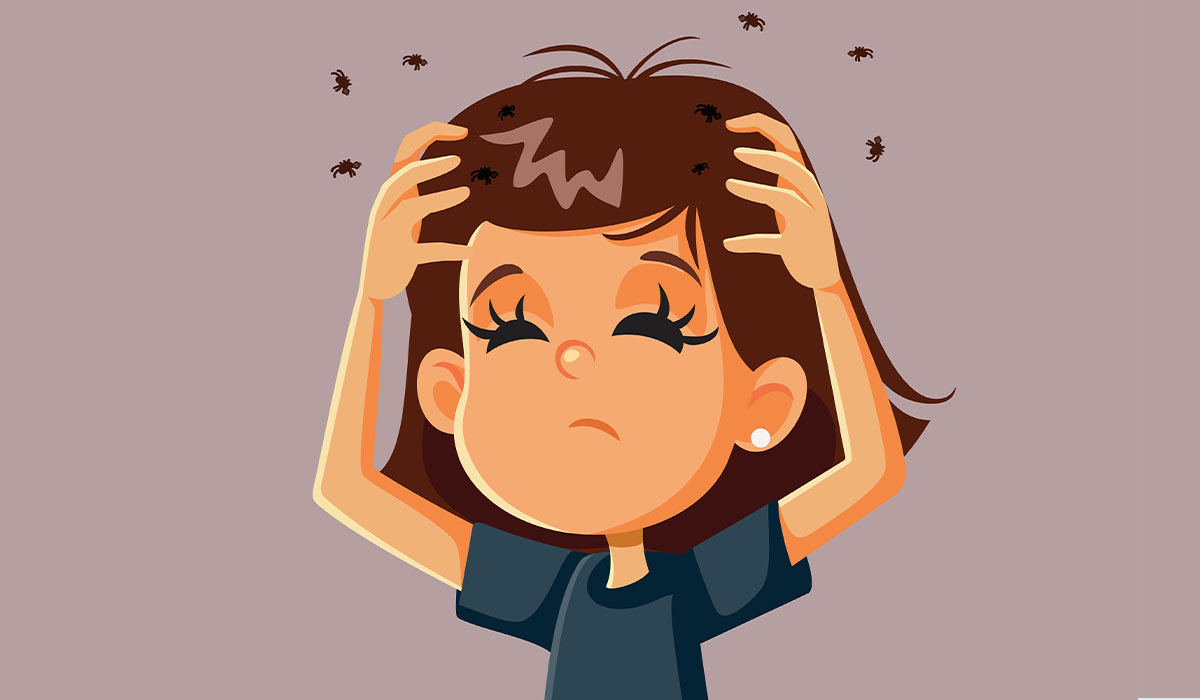
Itchy scalp is a fairly common condition that can have many causes. What are the most popular? What to do… read more »

Dry scalp is a condition characterized by the scalp skin becoming dry, irritated, and flaky. It often results in itching… read more »

Dandruff is the result of excessive skin exfoliation, overproduction of sebum, or the presence of Malassezia yeast on the skin.… read more »
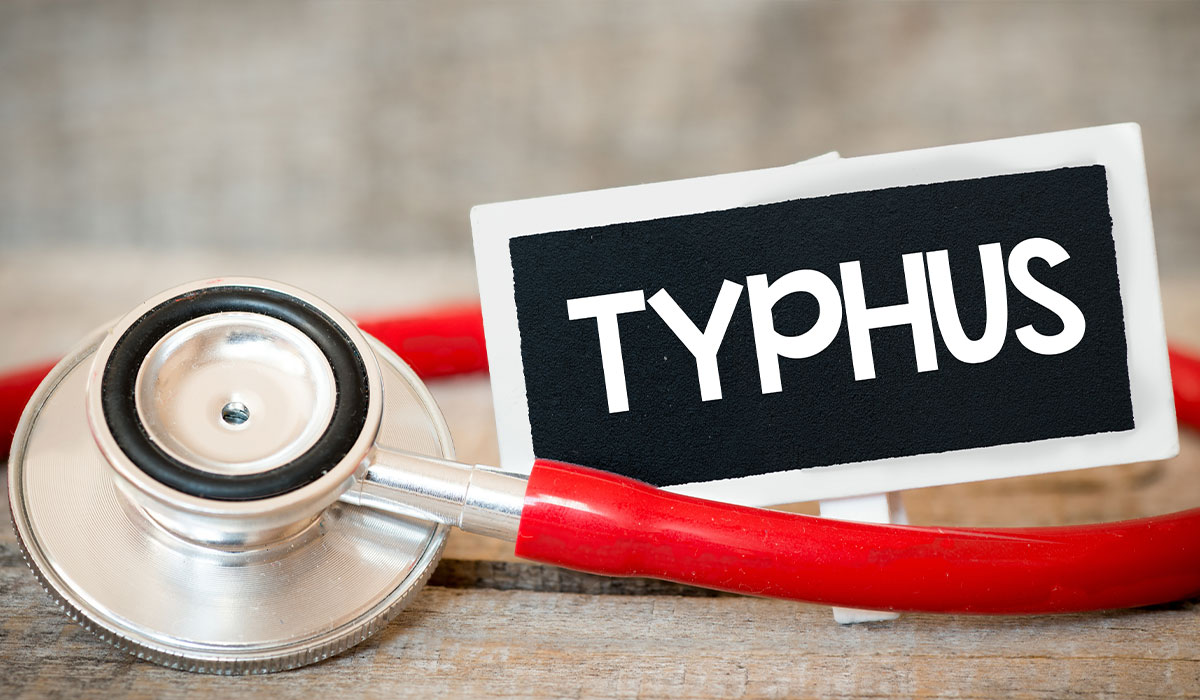
The term typhus encompasses three main types of typhus – epidemic typhus, endemic typhus, and scrub typhus. Each one of… read more »
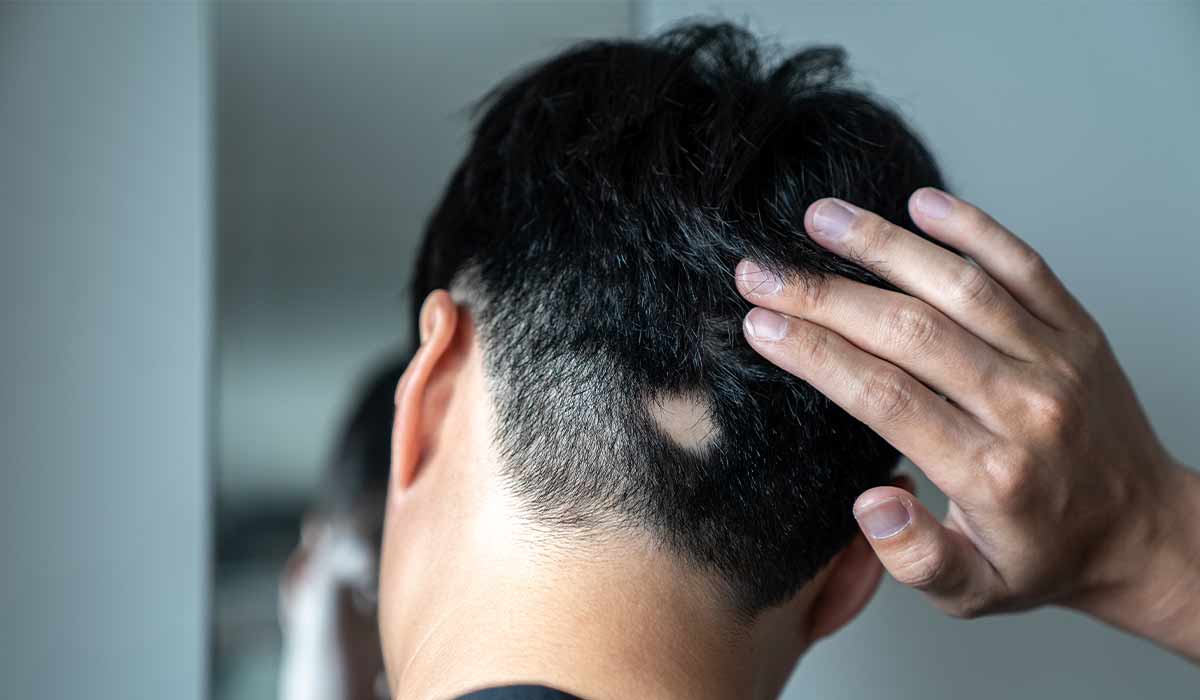
Alopecia is a disease that manifests itself in various ways, including thinning or loss of hair. What are the causes… read more »
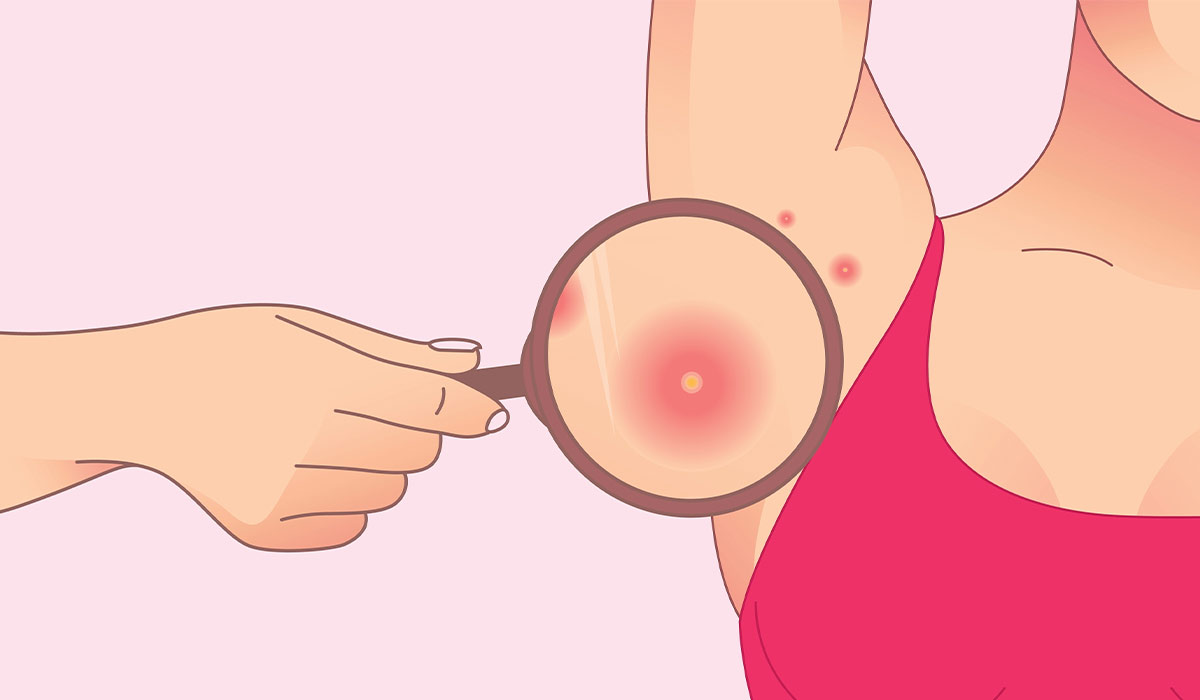
Folliculitis is a skin disease that appears very often. What are its causes and symptoms? What is the treatment for… read more »
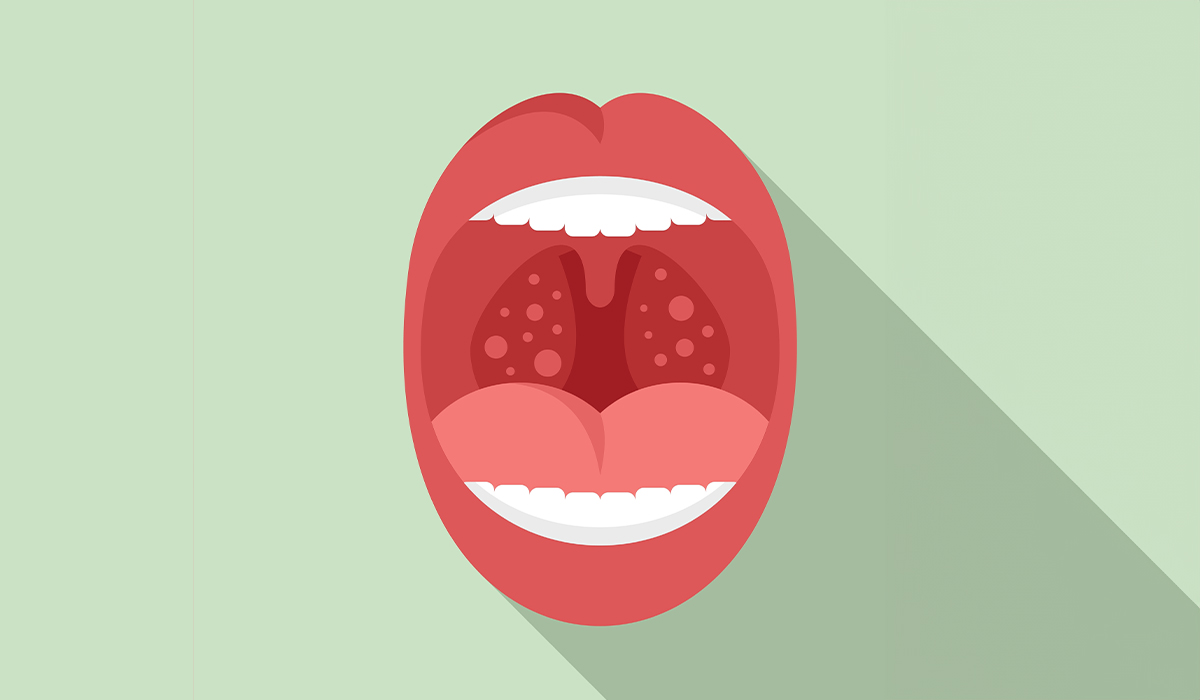
Herpangina or herpetic pharyngitis is usually caused by viruses. Read about how to recognize the symptoms. Learn about treatment methods. read more »
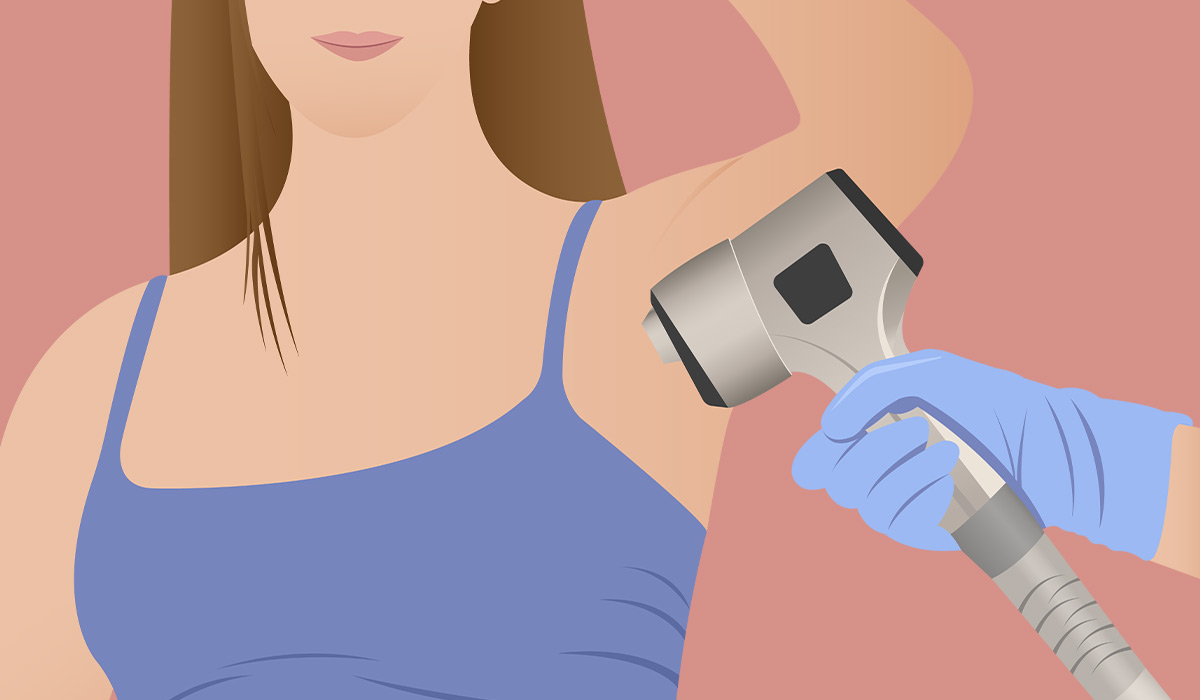
Laser hair removal is a procedure that uses concentrated laser to remove unwanted hair. It targets the melanin in hair… read more »

Even though the name suggests otherwise, ringworm is not a worm but an infection of fungal origin. A characteristic symptom… read more »